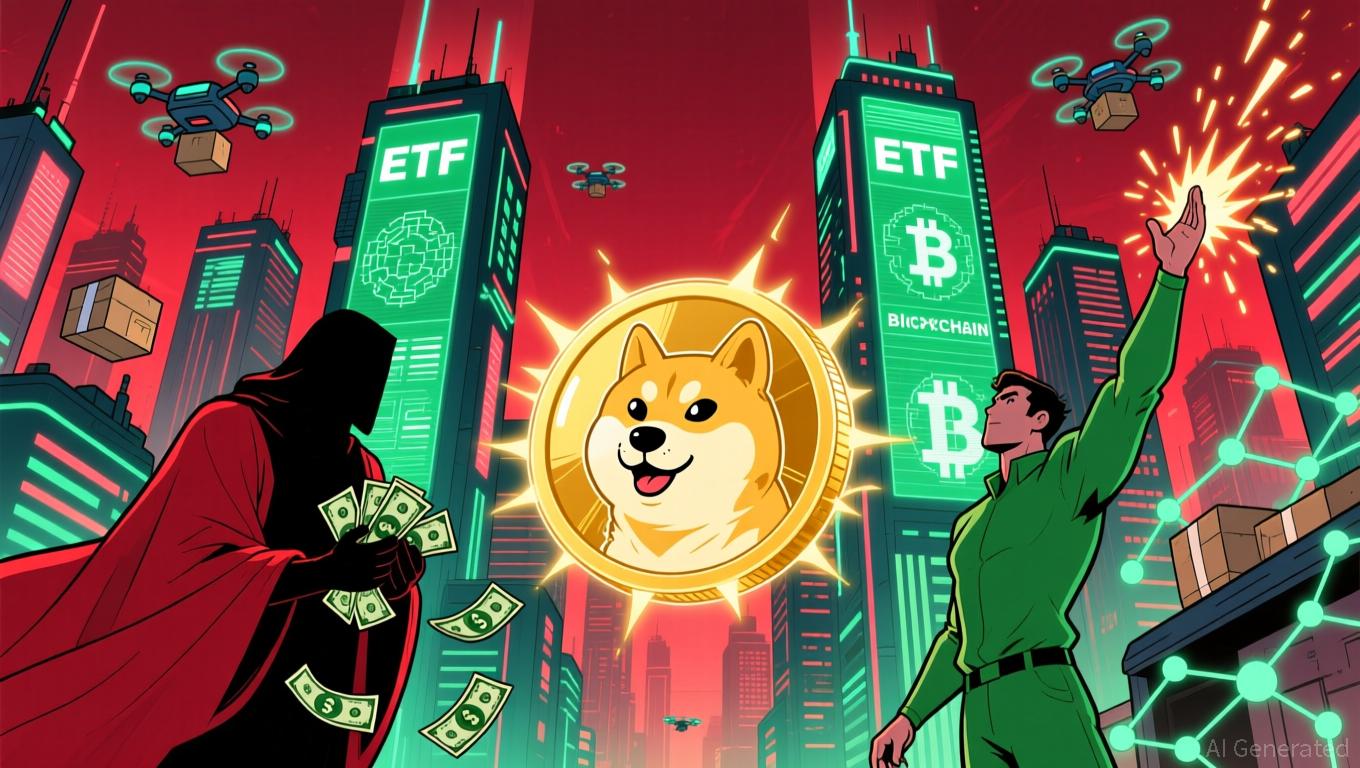Ethereum Prioritizes Quantum Security as Vitalik Warns of Breakable Cryptography by 2028
Ethereum co-founder Vitalik Buterin has highlighted quantum resistance as a key element of the network’s long-term roadmap. This comes amid a rising risk of quantum computing advances that could potentially undermine current cryptographic systems. Ethereum Races to Go Quantum-Safe Speaking at the Devconnect conference in Buenos Aires, Argentina, Buterin explained the roadmap for Ethereum, including
Ethereum co-founder Vitalik Buterin has highlighted quantum resistance as a key element of the network’s long-term roadmap.
This comes amid a rising risk of quantum computing advances that could potentially undermine current cryptographic systems.
Ethereum Races to Go Quantum-Safe
Speaking at the Devconnect conference in Buenos Aires, Argentina, Buterin explained the roadmap for Ethereum, including goals for the next two years and “Lean Ethereum” themes.
For context, Lean Ethereum was introduced in July as a framework for the network’s long-term development. It focuses on simplicity, security, and efficiency at the base layer of the network. Notably, a major part of that vision is “quantum resistance everywhere,” according to Buterin.
He also warned that the cryptography securing Ethereum (ETH) and Bitcoin (BTC) could be vulnerable to quantum computing breakthroughs by 2028.
Although many experts still predict major quantum breakthroughs to be further out, the timeline is now under active scrutiny. Metaculus, a forecasting platform, estimates that quantum computers may be able to factor an RSA number by 2034—nearly 20 years earlier than its prior forecast.
Some experts warn that quantum computing risks could arrive as soon as 2028 to 2033. This comes amid rapidly accelerating progress in quantum hardware.
In late October, Google announced a major algorithmic breakthrough. The firm revealed that it had achieved the first verifiable quantum advantage by running the out-of-order time correlator (OTOC) algorithm.
An out-of-order time correlator (OTOC) algorithm refers to a computational algorithm designed to calculate OTOCs, which are special quantum correlation functions used to diagnose quantum chaos, scrambling, and information spreading in many-body systems.
“This is the first time in history that any quantum computer has successfully run a verifiable algorithm that surpasses the ability of supercomputers. Quantum verifiability means the result can be repeated on our quantum computer — or any other of the same caliber — to get the same answer, confirming the result. This repeatable, beyond-classical computation is the basis for scalable verification, bringing quantum computers closer to becoming tools for practical applications,” the blog read.
At the same time, IBM is working on IBM Quantum Starling. According to the company, it could be “the world’s first large-scale, fault-tolerant quantum computer.” It is scheduled for delivery to clients in 2029.
As quantum development accelerates and timelines compress, Ethereum’s push for early quantum resistance signals a broader shift: blockchain networks may soon need to prepare for a new cryptographic era—one where quantum security becomes a baseline requirement rather than a future consideration.
Ethereum’s Roadmap: What Will The Future Hold?
Meanwhile, Buterin placed quantum resistance alongside a list of long-term improvements that the team is exploring. This includes zk-friendly VMs, zk-friendly hash functions like Poseidon, formal verification, optimal consensus, and faster finality.
In the medium term (2025-26), the roadmap emphasizes scalability, including increases to the gas limit, upgrades such as EIP-7732, and block-level access lists (enabling parallel processing by nodes) to enhance throughput without compromising decentralization.
Looking further ahead (2026-27), Buterin outlined upgrades focused on censorship resistance, decentralization upgrades, and enhanced account abstraction.
Disclaimer: The content of this article solely reflects the author's opinion and does not represent the platform in any capacity. This article is not intended to serve as a reference for making investment decisions.
You may also like
Aster DEX's Tactical Enhancement and What It Means for DeFi Liquidity Providers
- Aster DEX's 2025 upgrade introduces ASTER token collateral for leveraged trading, enhancing capital efficiency and reducing reliance on stablecoins. - The upgrade offers 5% fee discounts for ASTER collateral users, creating a flywheel effect that boosts token scarcity and protocol revenue. - By integrating risk management tools and multi-chain support, Aster differentiates itself from GMX and Uniswap V3 through active trading incentives and reduced impermanent loss risks. - CZ's $2M ASTER purchase trigge
Toncoin’s Updated Tokenomics: How Changes in Supply Could Attract Institutional Investors and Transform Cryptocurrency Valuations
- Toncoin's 2025 tokenomics reforms aim to align supply dynamics with institutional infrastructure, boosting real-world utility through staking and burn mechanisms. - Strategic treasury operations and protocol upgrades like Jetton 2.0 seek to stabilize supply while enhancing cross-border payment efficiency and DeFi integration. - Institutional partnerships with Tether , Bitget, and Crypto.com highlight TON's growing appeal as a scalable platform with predictable yield generation for large investors. - TON
Bitcoin Updates: ETF Outflows Push Bitcoin to Lowest Point in Seven Months Amid Market Turmoil
- Bitcoin fell below $83,400, its lowest in seven months, as U.S. spot ETFs saw $3.79B in November outflows, led by BlackRock’s $2.47B loss. - Record $903M single-day ETF redemptions accelerated crypto and equity market selloffs, with Nvidia and crypto stocks dropping sharply. - Ethereum ETFs lost $1.79B, while altcoin funds like Bitwise’s XRP gained $105M, reflecting shifting investor preferences amid liquidity concerns. - Analysts attribute the selloff to macroeconomic uncertainty and delayed Fed rate cu

Dogecoin News Today: Grayscale DOGE ETF Debut May Trigger a Wave of Institutional Interest This November
- Grayscale's DOGE ETF launches Nov 24, aiming to boost institutional adoption of the meme coin amid SEC approval. - BlockDAG's $436M+ presale outpaces ADA/BCH, leveraging hybrid PoW-DAG tech and 3.5M miners to attract 312K holders. - Ethereum faces $2,850 support pressure after FG Nexus sells 11,000 ETH, triggering $170M in 24-hour liquidations. - DOGE hovers near $0.15 support with mixed technical signals, while ETF optimism contrasts with ongoing distribution trends.

